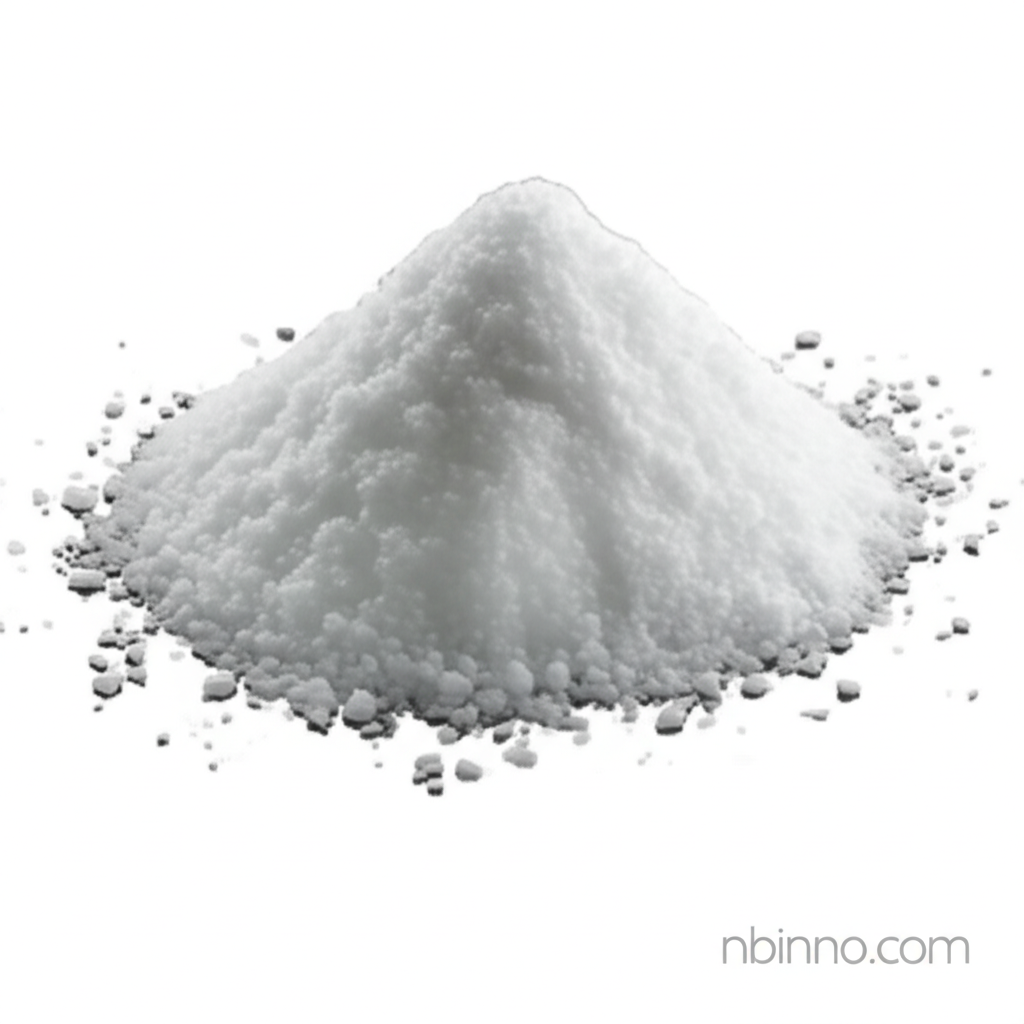Sodium Propyl Paraben: Preservative Insights for Modern Products
An in-depth look at a key preservative, its applications, and the evolving safety discussions.
Get a Quote & SampleProduct Core Value

Sodium Propyl Hydroxybenzoate
Sodium Propyl Hydroxybenzoate is a crucial preservative with a broad spectrum of antimicrobial activity, effectively combating bacteria, molds, and yeasts. Its high water solubility and stability across a wide pH range (3.0-11.0) make it an advantageous ingredient for manufacturers seeking to extend the shelf life and ensure the safety of their products.
- The sodium propyl paraben uses extend across various industries, primarily serving as a preservative in cosmetics, toiletries, and pharmaceuticals, ensuring product integrity and safety from microbial contamination.
- Understanding paraben safety is crucial for consumers, as recent studies have raised concerns about potential endocrine-disrupting effects, leading to a global debate on its regulatory status.
- The FDA regulation regarding Sodium Propyl Paraben permits its use in food with specific limits, contrasting with the European Union's ban due to health concerns, highlighting diverse global approaches to food additive safety.
- Exploring natural vs. synthetic preservatives reveals a growing consumer preference for alternatives, driven by awareness of chemicals like Sodium Propyl Paraben and their potential health implications.
Advantages Offered by the Product
Broad-Spectrum Efficacy
This preservative provides robust protection against a wide range of microorganisms, which is vital for maintaining product quality and preventing spoilage, a key aspect of preservatives in baked goods and other consumables.
Ease of Formulation
Its high solubility in cold water simplifies the incorporation process into formulations, reducing processing time and energy costs for manufacturers.
pH Stability
Remaining effective over a broad pH range (3.0-11.0), it offers flexibility in product development and ensures consistent performance, a key consideration in understanding food additive regulations.
Key Applications
Cosmetics and Personal Care
Used extensively in products like lotions, shampoos, and creams to prevent microbial growth, contributing to the paraben-free cosmetics market analysis and discussions around endocrine disruptors in cosmetics.
Pharmaceuticals
Serves as a preservative in various pharmaceutical preparations, including pills and syrups, ensuring their stability and efficacy over time.
Food Industry
Acts as a preservative in food items, particularly baked goods, to extend shelf life and maintain freshness, though the propylparaben food additive controversy remains a significant point of discussion.
Consumer Awareness
The ongoing debate about health risks of propylparaben has heightened consumer awareness, driving demand for transparency and safer alternatives in product labeling.
